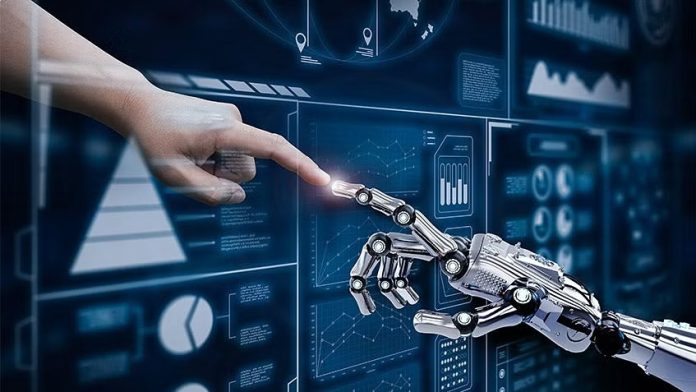In today’s rapidly evolving technological landscape, one term seems to be on everyone’s lips: machine learning. From improving search engine results to predicting customer behaviour, machine learning is transforming industries and reshaping the way we interact with technology. Let’s delve into what machine learning is, its history, types, workings, applications, examples, advantages, disadvantages, and the promising future it holds.
What is Machine Learning?
At its core, machine learning is a subset of artificial intelligence (AI) that enables computers to learn and improve from experience without being explicitly programmed. It’s like teaching a computer to recognize patterns and make decisions based on data, rather than relying on pre-defined rules.
Machine Learning History
The concept of machine learning dates back to the 1950s when pioneers like Arthur Samuel began experimenting with algorithms that could improve their performance over time. Since then, the field has seen exponential growth, fueled by advancements in computing power and the availability of vast amounts of data.
Types of Machine Learning
Machine learning can be broadly categorized into three types: supervised learning, unsupervised learning, and reinforcement learning. Supervised learning involves training a model on labeled data, unsupervised learning deals with unlabeled data to find hidden patterns, and reinforcement learning focuses on training models to make sequential decisions through trial and error.
How Does Machine Learning Work?
Machine learning algorithms work by analyzing data, identifying patterns, and making predictions or decisions based on those patterns. These algorithms learn from historical data to improve their performance over time, making them more accurate and effective.
Machine Learning Applications
Machine learning finds applications across various industries, including healthcare (diagnosis and treatment planning), finance (fraud detection and stock market analysis), marketing (customer segmentation and personalized recommendations), and many more.
Machine Learning Examples
Some prominent examples of machine learning in action include recommendation systems like those used by Netflix and Amazon, natural language processing applications like virtual assistants Siri and Alexa, image recognition technologies used in autonomous vehicles, and predictive analytics tools used in healthcare to forecast disease outbreaks.
Machine Learning Advantages
One of the main advantages of machine learning is its ability to process large amounts of data quickly and accurately, leading to more informed decision-making. It also has the potential to automate repetitive tasks, improve efficiency, and uncover insights that humans might overlook.
Machine Learning Disadvantages
However, machine learning is not without its limitations. One major challenge is the need for high-quality, labeled data for training models, which can be time-consuming and expensive to obtain. Additionally, there are concerns surrounding privacy, bias, and ethics, as machine learning algorithms can sometimes perpetuate or even amplify existing societal biases present in the data.
Future of Machine Learning
Despite its challenges, the future of machine learning looks incredibly promising. Advancements in areas like deep learning, reinforcement learning, and quantum computing are poised to take machine learning to new heights, enabling even more sophisticated applications across diverse domains.
In conclusion, machine learning represents a groundbreaking technology that is reshaping our world in profound ways. From revolutionizing industries to enhancing everyday experiences, its impact is undeniable. As we continue to push the boundaries of what is possible with machine learning, the opportunities for innovation and growth are limitless. So, let’s embrace this exciting journey into the future of intelligent machines and the endless possibilities they bring.








